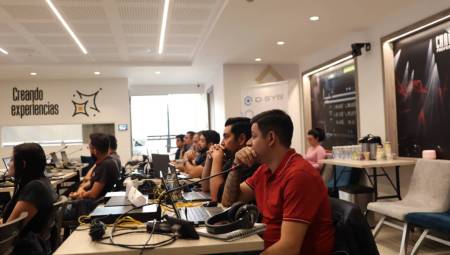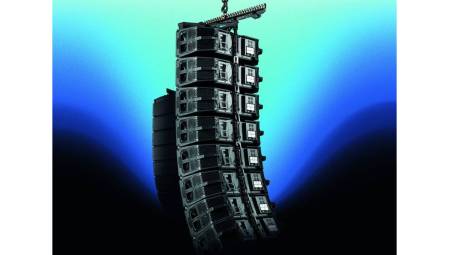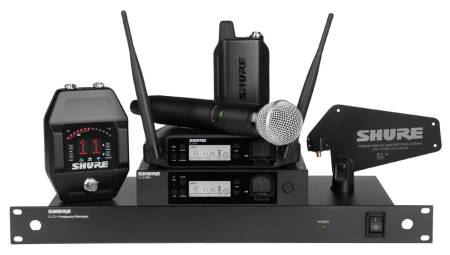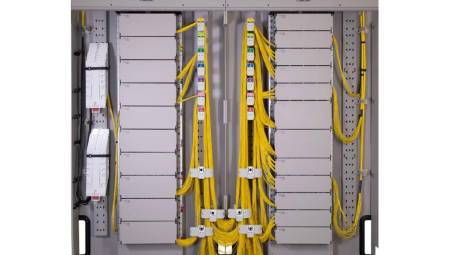International. The company's new device VuWall, called PAK, is a networked multi-decoding node for video walls that presents itself as a cost-effective and scalable solution for AV-over-IP environments.
PAK can function as a standalone device or join other nodes, to build an IP-based video wall, which is infinitely scalable. This product seeks to simplify the implementations of video wall projects, by reducing the number of connections, decreasing the risk of the project and offering greater reliability.
The PAK device features four HDp60 outputs or one 4Kp60 output, as well as multi-format decoding of up to 32 HD streams per device, including H.264, MPEG2, MPEG4, NDI, PNG, JPEG, and VNC/remote desktops or virtualized browsers. As part of the VuWall ecosystem, this device is managed by TRx 3.1 software, a centralized platform that serves to configure, manage and distribute almost any type of source to any screen with just drag and drop, it does not require programming.
Another quality of this solution is that its eco-friendly design is compact and energy-efficient. It's small enough to mount behind monitors, saving rack space and reducing the spread of video cables.
Mark Schmidt, vuWall's chief technology officer, said a common feature of today's video walls is that it takes many hours of work to implement a huge amount of expensive hardware, with long cables reaching to crowded shelves. He added that, unlike those traditional systems, "it's extremely easy to build video walls with PAK. Whether large or small, all it takes are PAK devices," where to increase the size of a video wall you simply need to add another unit. "The only spare component needed to keep in stock is the PAK, which reduces inventory costs and project complexity."
















